Introduction
Education today is at a crossroads. With the world changing faster than ever—thanks to technology, globalization, and shifting job markets—the traditional “chalk and talk” model no longer meets the needs of modern learners. Classrooms must evolve to prepare students not just for exams, but for life. That’s where innovative teaching strategies come in—approaches that make learning more engaging, inclusive, and practical.
Gone are the days when teaching meant memorization and passive note-taking. Today’s best classrooms look more like creative studios or collaborative labs—buzzing with ideas, interactions, and personalized learning.
Rethinking the Teacher’s Role
In modern classrooms, teachers are no longer just “providers” of knowledge. They are facilitators, coaches, and designers of experiences. This shift transforms the student-teacher relationship into a dynamic partnership. Instead of simply delivering facts, educators guide students in exploring, questioning, and applying what they learn.
This change in mindset is the first step toward a more student-centered classroom.
Strategy #1: Project-Based Learning (PBL)
Project-Based Learning puts real-world challenges at the heart of education. Students work on projects over days or weeks, tackling questions that don’t always have a single right answer—like designing a sustainable city or creating a digital product.
Why it works:
- Builds critical thinking and teamwork
- Encourages research and hands-on learning
- Gives students a sense of purpose and ownership
Strategy #2: Flipped Classrooms
In a flipped classroom, students first explore new content at home—through videos, readings, or interactive modules. Classroom time is then used for discussions, problem-solving, and activities.
This approach shifts the focus from passive reception to active engagement. It’s especially useful in large classes where personalized attention during lectures is difficult.
Strategy #3: Gamification
Turning lessons into games isn’t about making learning “easier”—it’s about making it more compelling. From earning badges to completing missions, gamification brings competition, instant feedback, and fun into education.
Gamification is known to:
- Boost motivation
- Increase retention
- Build a growth mindset (students learn through trial and error)
Apps like Kahoot!, Quizizz, and Classcraft are popular examples of gamified learning in action.
Strategy #4: Inquiry-Based Learning
Inquiry-based learning flips the script by encouraging students to ask the questions. Instead of starting with a lecture, a teacher might pose a provocative question and let students investigate, hypothesize, and present conclusions.
This model:
- Promotes curiosity and autonomy
- Develops research skills
- Encourages deeper understanding over surface-level memorization
Strategy #5: Personalized and Adaptive Learning
No two students learn exactly the same way. With the help of digital tools and data analytics, teachers can now tailor instruction based on each student’s pace, strengths, and gaps.
Tools like Khan Academy, DreamBox, or even Google Classroom offer adaptive content, allowing teachers to offer different paths within the same topic.
This approach supports:
- Inclusivity
- Differentiated learning
- Better outcomes for struggling and advanced learners alike
Strategy #6: Integrating Technology Meaningfully
Smartboards, tablets, coding modules, virtual labs—technology can be transformative if used with intention. Modern classrooms are blending technology not for novelty, but for problem-solving, collaboration, and global exposure.
For instance:
- Students can collaborate on Google Docs in real time.
- Virtual Reality can bring history or science alive.
- Podcasts and blogs can replace traditional assignments to build digital communication skills.
Challenges and Considerations
While innovation is exciting, it’s not without challenges:
- Teachers need adequate training and support.
- Infrastructure must be reliable and equitable.
- Not every strategy works for every classroom or subject.
The key is balance—mixing new strategies with what already works, adapting to context, and listening to student feedback.
Conclusion
Today’s classrooms must prepare students for a future that’s uncertain, complex, and collaborative. That demands teaching strategies that are as flexible and forward-thinking as the world students will enter. Innovation isn’t about abandoning tradition—it’s about enhancing it with creativity, empathy, and relevance.
By embracing these strategies, educators don’t just make learning more effective. They make it more human, more exciting, and more aligned with what education was always meant to be: a journey of discovery.
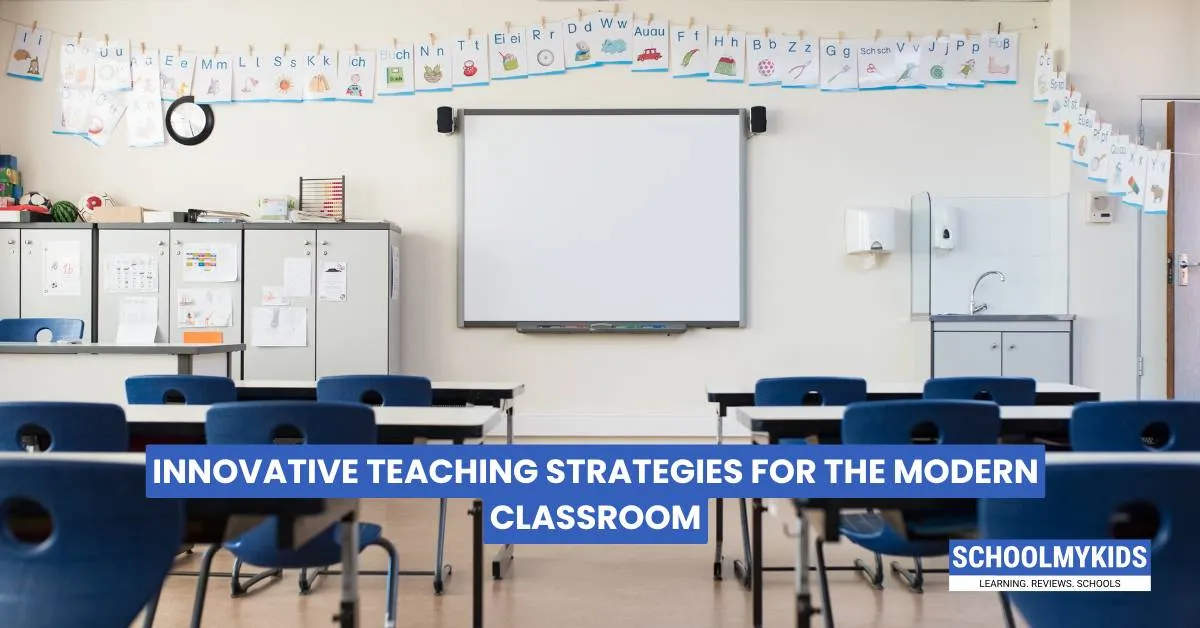
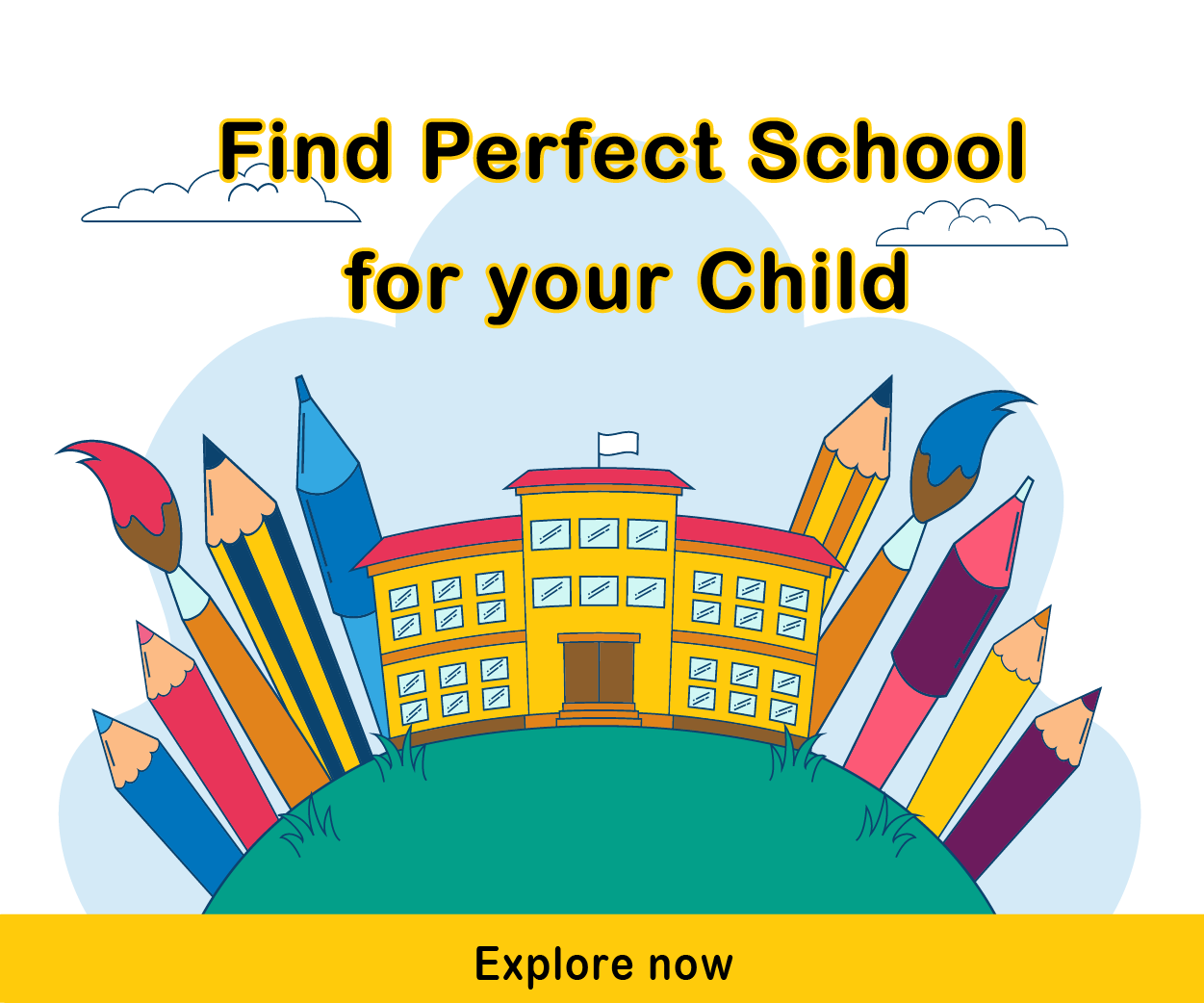

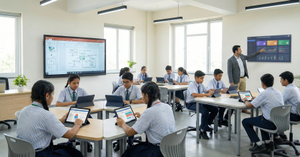
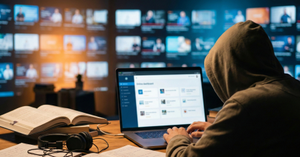
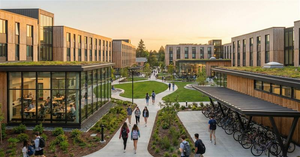



Be the first one to comment on this story.